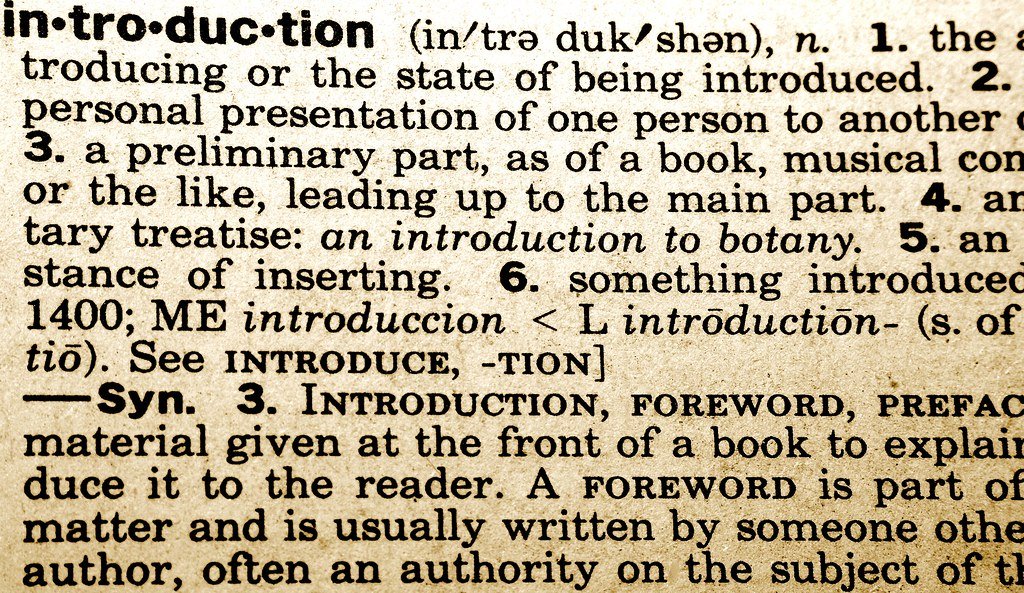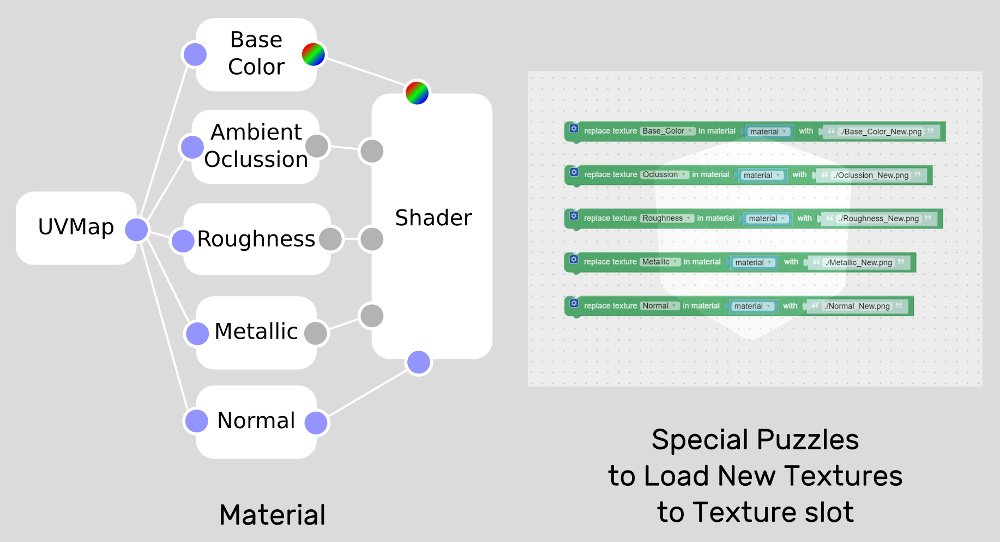In this digital age where online shopping is the new norm, the success of any business lies in the mastery of eCommerce web design. From captivating visuals to seamless user experiences, the intricacies behind an exceptional online store extend far beyond the click of a button. Welcome to a world where creativity meets functionality, where design becomes the weapon of choice to captivate customers and transform browsing into buying. Join us on a journey as we unveil the blueprint to mastering eCommerce web design, where every pixel and line of code forms the foundation for unparalleled success in the competitive online marketplace.
Table of Contents
- Introduction: Understanding the Importance of eCommerce Web Design
- The Role of User Experience (UX) Design in eCommerce Websites
- Optimizing Conversion Rates: Strategies for Effective eCommerce Web Design
- Creating Seamless Mobile Experiences: Key Considerations for eCommerce Websites
- Q&A
- The Way Forward

Introduction: Understanding the Importance of eCommerce Web Design
In today’s digital era, eCommerce web design has become the backbone of successful online businesses. Whether you’re a beginner or an experienced entrepreneur, understanding the importance of eCommerce web design is crucial for creating a visually appealing and user-friendly online store. Without a well-designed website, you risk losing potential customers and hindering your business growth. So, let’s dive into the world of eCommerce web design and uncover the blueprint for mastering this essential craft.
1. User Experience: One of the key elements of eCommerce web design is providing a seamless and intuitive user experience. Think about it: would you stay on a website that is difficult to navigate or takes ages to load? Probably not. By focusing on user experience, you’ll ensure your website offers easy navigation, clear product categories, and a smooth checkout process. Incorporating responsive design is also crucial, as more and more consumers shop on their mobile devices. Your website should adapt seamlessly to different screen sizes, making it easy for customers to browse and purchase products, no matter where they are.
2. Visual Design: The visual aspect of your eCommerce website plays a significant role in attracting and engaging visitors. A visually appealing website can leave a lasting impression on your potential customers and increase the chances of conversion. Pay attention to the color scheme, typography, and imagery of your website. Use high-quality product images and consider implementing videos or interactive elements to showcase your products. Remember, consistency is key – maintain a cohesive design throughout your website, including product pages, category pages, and the checkout process. By investing time and effort into your visual design, you’ll create an aesthetically pleasing online store that stands out from the competition.
To truly succeed in the eCommerce world, grasping the fundamentals of web design is paramount. By creating a user-centric experience and ensuring a visually captivating website, you’ll be well on your way to mastering the art of eCommerce web design. Remember, a well-designed website not only enhances the reputation of your business but also attracts more customers and drives conversion rates. So, let’s embark on this eCommerce web design journey together, discovering the strategies and techniques that will take your online store to the next level.
The Role of User Experience (UX) Design in eCommerce Websites
User Experience (UX) design plays a crucial role in the success of eCommerce websites. It focuses on creating a seamless and enjoyable shopping experience for visitors, increasing their engagement and ultimately boosting conversions. Here’s an insight into why UX design is essential in the world of eCommerce:
1. Enhances website usability: Good UX design ensures that your eCommerce website is easy to navigate and use. It includes intuitive menu structures, clear and concise product descriptions, and prominent calls-to-action (CTAs). By providing a user-friendly interface, visitors can effortlessly find what they’re looking for, leading to higher customer satisfaction and increased sales.
2. Builds trust and credibility: A well-designed eCommerce website instills confidence in users. When you invest in a clean and visually appealing design, customers perceive your brand as professional and trustworthy. Incorporating elements such as secure payment options, customer reviews, and product recommendations further solidify this credibility, making users more likely to make a purchase.
Real-world example: The online marketplace giant, Amazon, is a prime example of a meticulously designed eCommerce website. Its intuitive search bar, personalized product recommendations, and user reviews contribute to a seamless shopping experience, elevating customer satisfaction and driving repeat business.
In conclusion, user experience (UX) design is a fundamental aspect of eCommerce web design. By focusing on usability, trustworthiness, and providing a pleasant shopping experience, you can optimize your eCommerce website to increase conversions and ultimately grow your business.
Optimizing Conversion Rates: Strategies for Effective eCommerce Web Design
One of the key factors in achieving success in the competitive world of eCommerce is the ability to optimize conversion rates through effective web design. Your eCommerce website is your virtual storefront, and its design plays a vital role in attracting visitors, engaging them, and ultimately converting them into loyal customers. To help you navigate through the intricacies of eCommerce web design, we have prepared a blueprint that will empower you to master the art of crafting a visually appealing and conversion-driven online store.
1. User-Friendly Navigation: Convenience is key when it comes to eCommerce web design. Ensure that your website has a clear and intuitive navigation menu, allowing visitors to effortlessly browse through your product catalog. Implementing features such as dropdown menus, breadcrumb trails, and search bars can enhance user experience and minimize the chances of potential customers getting lost in a maze of pages.
2. Captivating Product Images: In the world of eCommerce, a picture truly is worth a thousand words. High-quality, visually appealing product images are essential in capturing the attention of your visitors and driving conversions. Make sure to showcase multiple product views and provide zoom functionality, allowing customers to inspect your products in detail before making a purchasing decision. Additionally, consider incorporating lifestyle images and videos that depict your products in real-world scenarios, helping customers envision the benefits they will experience by owning them. By effectively leveraging the power of visual storytelling, you can spark desire and significantly increase your conversion rates.
3. Seamless Checkout Experience: The checkout process is the make-or-break moment for conversions, and a poorly designed checkout page can lead to abandoned carts. Keep your checkout process as streamlined and intuitive as possible. Minimize the number of form fields and eliminate any distractions that may divert your customers’ attention away from completing their purchase. Offer various payment options and display trust badges to assure customers that their personal and financial information is secure. Moreover, consider implementing a guest checkout option, as some customers may prefer a quick and hassle-free experience without having to create an account.
Remember, the goal of your eCommerce web design should be to create a user-centric, visually appealing, and conversion-driven online store. By following these strategies and continuously analyzing your website’s performance, you can optimize your conversion rates and propel your eCommerce business to new heights. So, grab a pen, start sketching out your blueprint, and get ready to master the art of eCommerce web design!
Creating Seamless Mobile Experiences: Key Considerations for eCommerce Websites
In the age of mobile-commerce, creating seamless mobile experiences for eCommerce websites is crucial to staying ahead of the competition. With more and more users shopping on their smartphones and tablets, it is imperative for businesses to optimize their web design to meet the needs and expectations of these mobile users. To help you master the art of eCommerce web design, we have compiled a list of key considerations that will ensure your website delivers a smooth and enjoyable mobile shopping experience.
1. Responsive design: Embrace the power of responsive design to ensure your eCommerce website adapts to different screen sizes and resolutions. By using fluid grids, flexible images, and CSS media queries, your website will automatically adjust its layout and content to provide an optimal viewing experience on any device.
2. Simplified navigation: Mobile users have limited screen space, so it’s important to simplify your navigation menu and make it easy for them to find what they’re looking for. Use clear and concise labels, and consider implementing a hamburger menu or a sticky navigation bar to save space without sacrificing functionality.
3. Streamlined checkout process: Mobile users are typically on-the-go and have limited patience for a complex checkout process. Make sure your checkout process is as streamlined as possible, with minimal steps and distractions. Consider implementing one-click checkout options and auto-fill forms to reduce friction and increase conversion rates.
4. Fast loading times: Mobile users expect instant gratification, so optimize your website for speed. Optimize your images, minimize HTTP requests, and leverage browser caching to ensure your website loads quickly. Slow loading times can lead to high bounce rates and frustrated users.
5. Mobile-first design: Design your eCommerce website with a mobile-first approach, focusing on the mobile experience first and then scaling up to larger screens. This ensures that your website is built with the mobile user in mind from the ground up, resulting in a seamless experience across all devices.
By considering these key factors and implementing them into your eCommerce web design, you’ll be well on your way to creating seamless mobile experiences that keep your customers coming back for more. Embrace the blueprint of mastering eCommerce web design and unlock the full potential of your mobile business.
Q&A
Q: What is the importance of eCommerce web design?
A: eCommerce web design plays a crucial role in creating a positive online shopping experience for customers. It enhances the functionality, aesthetics, and usability of an online store, ultimately leading to improved conversions and customer satisfaction.
Q: What are the key elements of successful eCommerce web design?
A: Successful eCommerce web design incorporates elements such as intuitive navigation, compelling product displays, user-friendly checkout processes, mobile responsiveness, and seamless integration with inventory management systems.
Q: How can a well-designed product page impact sales?
A: A well-designed product page can make a significant difference in sales. By presenting products in an appealing and organized manner, with high-quality images, detailed descriptions, and customer reviews, it helps build trust, increase engagement, and drive sales.
Q: How can a responsive design improve the user experience?
A: Responsive design ensures that an online store adapts seamlessly to different devices and screen sizes, providing a consistent user experience. This eliminates the need for separate mobile sites and allows customers to browse and purchase products easily, regardless of the device they are using.
Q: What role does branding play in eCommerce web design?
A: Branding is vital in eCommerce web design as it helps differentiate a store from its competitors and creates a cohesive brand identity. Consistent use of colors, typography, and visuals that align with the brand’s personality and values can enhance recognition and establish trust with customers.
Q: How can effective call-to-action buttons boost conversions?
A: Well-designed call-to-action buttons with clear and compelling messaging can guide customers toward desired actions, such as “Add to Cart” or “Checkout Now.” By making these buttons visually prominent and easily clickable, it increases the chances of conversions and ultimately boosts sales.
Q: How do you optimize the checkout process for improved conversions?
A: Optimizing the checkout process involves simplifying the steps, reducing form fields, offering guest checkout options, providing multiple secure payment methods, and displaying shipping costs and return policies upfront. Streamlining this process minimizes friction, reduces cart abandonment, and encourages customers to complete their purchase.
Q: What are some emerging trends in eCommerce web design?
A: Some emerging trends in eCommerce web design include personalized shopping experiences, AI-powered chatbots for customer support, seamless social media integrations for influencer marketing, augmented reality product visualization, and voice commerce to accommodate users’ growing preference for voice-assisted shopping.
Q: How can eCommerce web design contribute to building a loyal customer base?
A: eCommerce web design that focuses on delivering exceptional user experiences, easy navigation, personalized recommendations, and user-friendly interfaces can foster customer loyalty. By creating a positive and memorable shopping experience, customers are more likely to return, engage, and recommend the store to others.
Q: What role does performance optimization play in eCommerce web design?
A: Performance optimization ensures that an online store loads quickly, eliminates unnecessary elements that slow down the website, and provides a seamless browsing and purchasing experience. Fast-loading pages reduce bounce rates, increase customer satisfaction, and contribute to higher search engine rankings.
The Way Forward
In conclusion, delving into the realm of eCommerce web design is no easy feat. It requires a strategic balance of creativity, technical prowess, and a deep understanding of user experience. Throughout this article, we have unraveled the intricate blueprint that lies at the heart of mastering eCommerce web design. From captivating visuals that stimulate desires to seamless navigation that guides customers through their journey, every element plays a crucial role in transforming visitors into loyal customers.
As you venture forth into the world of eCommerce, armed with an arsenal of knowledge and a thirst for innovation, remember that your website is more than just a virtual store. It is a gateway to a thriving online business, a digital symphony that harmonizes the needs of your customers with the products that you offer.
The path to mastery may be paved with countless trials and tribulations, but rest assured, for with each iteration and every design element fine-tuned, you inch closer to unlocking the true potential of your eCommerce venture.
So go forth, fearless entrepreneur, and let your creativity flow. Innovate, adapt, and embrace the ever-evolving landscape of web design. Embrace the power of a well-designed eCommerce website, and watch as your business blooms, transcending boundaries and making waves in the digital realm.
Remember, the blueprint is now in your hands. It’s time to unleash the full potential of eCommerce web design and create an online presence that captures the hearts and wallets of your customers.

